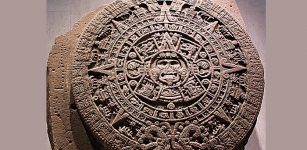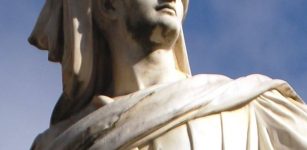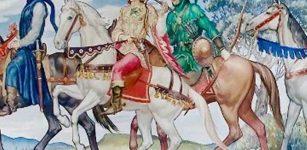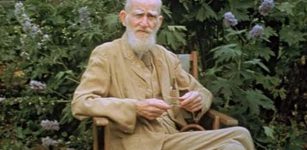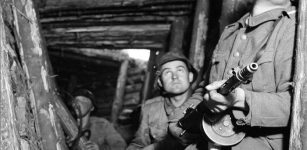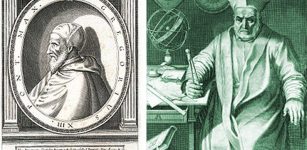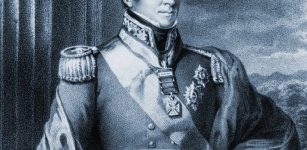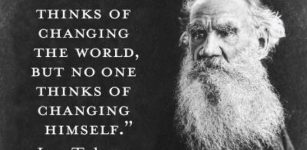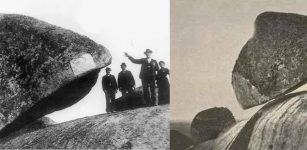On This Day In History: First European Sights The Ruins Of Ancient Maya City Of Copán – On Mar 8, 1576
MessageToEagle.com – On March 8 , 1576, Diego García de Palacio explores the city of Copan. Palacio was a Spanish explorer sent by his land to explore.
de Palacio was one of the first anthropologists because unlike the conquistadors, he actually interacted with rather than conquered the people.
After Copán was abandoned , it was overgrown by the rainforest and partially destroyed by earthquakes and the nearby river over the centuries.
![Copán, Honduras: Maya sculpture ruined ancient Maya city, in extreme western Honduras near the Guatemalan border. Credit: © Top Photo Group/Thinkstock]](https://www.messagetoeagle.com/wp-content/uploads/2016/03/copandepalacio1.jpg)
Although local inhabitants knew of its existence, the ruined city was virtually unknown to the outside world. de Palacio was the first European that sighted the ruins of Copán, one of the most important sites of the Mayan civilization.
In a letter he wrote to King Philip II of Spain in 1576, de Palacio wrote that city ‘was built with such skill that it seems it could never have been made by people as coarse as the inhabitants of this province.’
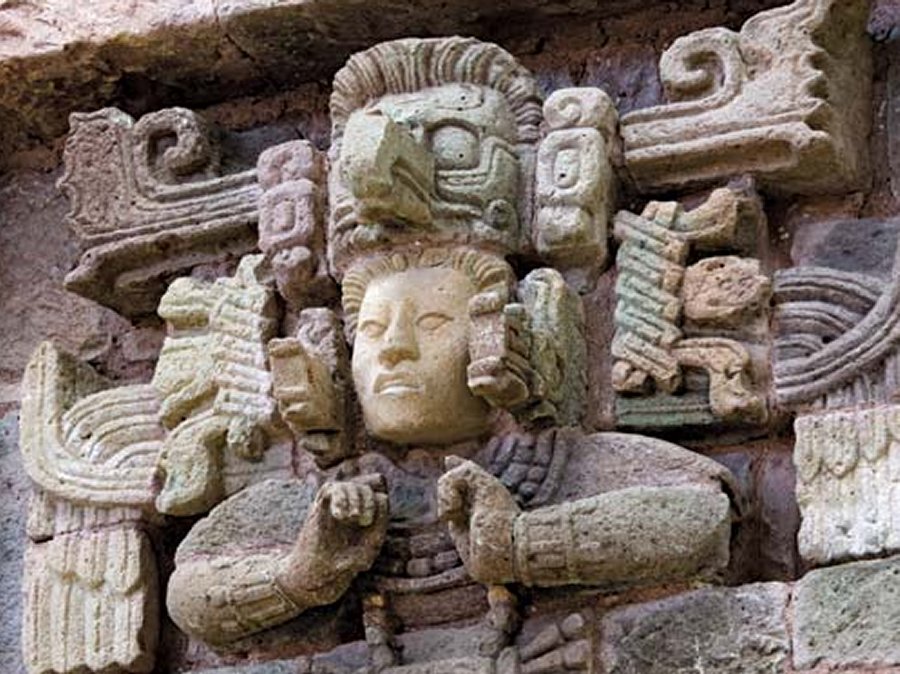
At first people did not believe Palacio’s stories, and it wasn’t until 1860 that these stories were proven true. Around that same time his story was published in British newspapers, and since then the interest in this ancient civilization never died down.
They Mayans had a full language and were literate. They were advanced in math, science, writing, and of course architecture. Copan, amongst many other Mayan cities, is famous for its architecture. One of the reasons why the buildings are so massive is because of something called Iconoclastic Phenomenon that each time a new ruler came about he would deface the previous crest and build on top of what had previously been built.
First version of this article was originally published on March 8, 2016.
MessageToEagle.com
references:
M.Fiallos, Adventure Guide: Honduras & the Bay Islands

